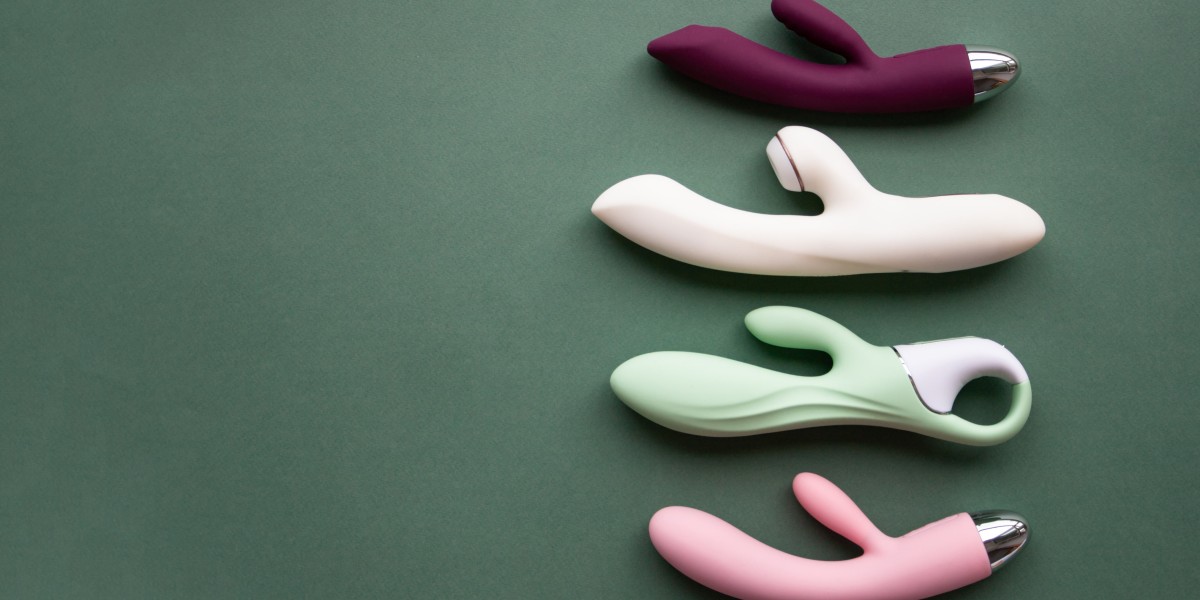From the scorching summer sun to sudden downpours and occasional freezing spells, the Texas climate can be unforgiving—not just for people, but for the very homes they live in.
Homeowners across Texas often face a common challenge: weather-related damage to their houses, particularly to the exterior walls. These structures act as the first line of defense against the elements, and over time, the impact of shifting temperatures, moisture, and wind can take a serious toll. Let’s take a closer look at how Texas weather affects residential properties and explore how stucco wall systems, especially with the help of one coat stucco and high-performance wall primers, can make a significant difference in durability and protection.
The Harsh Realities of Texas Weather
Texas has a diverse climate depending on the region, but the general pattern across the state includes:
- Intense UV exposure and heat, especially in areas like Dallas, Austin, and Houston during the summer months.
- Heavy rain and sudden storms, particularly in coastal and central regions.
- Humidity and moisture retention, contributing to mold, mildew, and structural deterioration.
- Occasional freezing temperatures in winter, especially in the Panhandle and North Texas areas.
These climatic conditions create a host of problems for exterior building materials:
- Paint peeling and fading due to sun exposure.
- Cracks and moisture intrusion from thermal expansion and contraction.
- Mold and mildew growth from humidity trapped in porous walls.
- Erosion and weakening of plaster, wood, or lower-quality cladding systems over time.
If not addressed early, these weather-induced issues can lead to costly repairs and reduce the lifespan of the home’s façade.
Common Signs of Weather Damage on Exterior Walls
You don't need to be a building expert to spot signs of weather-related damage. Homeowners should look for:
- Hairline or larger cracks in the walls
- Blistering or peeling paint
- Warping or bubbling on surface materials
- Discoloration or staining caused by water
- Soft or crumbling areas due to rot or moisture damage
When these symptoms appear, it’s a signal that your home’s protective barrier is failing—something that requires immediate attention to prevent deeper structural issues.
Why Stucco Wall Systems Are an Ideal Solution in Texas
Given the environmental stresses that Texas homes endure, choosing a resilient wall system is critical. That’s where stucco wall systems come in. Known for their versatility and long-term performance, stucco has become an increasingly popular exterior finish for both new builds and renovations.
Here’s why stucco performs well in the Texas climate:
1. Weather Resistance
Stucco acts as a breathable, yet moisture-resistant barrier. It can expand and contract with changing temperatures without cracking as easily as other materials, helping it withstand the typical freeze-thaw cycles in certain parts of Texas.
2. Fire Resistance
With Texas seeing rising temperatures and occasional wildfire risks in dry areas, stucco’s inherent fire resistance is a valuable benefit.
3. Energy Efficiency
Stucco provides an added layer of insulation, keeping homes cooler in the hot Texas sun and reducing cooling costs—a significant advantage during the long summers.
4. Low Maintenance
Stucco doesn’t require frequent repainting or sealing like wood or vinyl siding. When installed and primed properly, it holds its appearance and performance for years.
The Advantage of One Coat Stucco Systems
Traditional stucco applications involve a three-coat system: a scratch coat, a brown coat, and a finish coat. While durable, this process can be time-consuming and labor-intensive.
The modern alternative? One coat stucco systems a solution that combines the scratch and brown coats into one base layer, significantly reducing labor time and material use.
Benefits of One Coat Stucco:
- Faster application means quicker project completion
- Reduced labor costs and material usage
- Strong performance and comparable durability to traditional methods
- Less prone to cracking due to integrated mesh reinforcements
- Versatile finishes that suit a range of architectural styles
This system has gained popularity among builders and remodelers throughout Texas, thanks to its practical benefits without compromising on quality.
The Unsung Hero: Stucco Wall Primers
While stucco systems and one coat stucco offer a solid exterior shell, the success of any stucco finish depends heavily on surface preparation. That’s where stucco wall primers come into play.
A high-quality stucco wall primer acts as a bonding agent between the surface and the final stucco finish. It enhances adhesion, creates a smoother finish, and significantly increases the wall’s resistance to moisture and weather effects.
Key Advantages of Using a Stucco Primer:
- Improved bond strength for longer-lasting stucco finishes
- Moisture control, reducing the risk of mold or peeling
- Better color retention, ensuring a more vibrant and consistent appearance
- Enhanced durability even in extreme weather conditions
In a climate like Texas, where your home’s exterior is constantly exposed to environmental stressors, investing in the right stucco primer is a small step that makes a big difference.
Final Thoughts
The Texas climate is as bold and dynamic as the state itself. However, these same conditions can be brutal on the exterior of your home. Choosing the right wall system is essential not only for visual appeal but also for long-term protection and peace of mind.
Stucco wall systems, especially one coat stucco, offer a smart, durable solution for Texas homeowners. When paired with a high-performance wall primer, you’re setting the foundation for a resilient, attractive, and weather-ready home exterior.
If you’re planning a new construction, a renovation, or simply trying to upgrade your exterior defense, consider a stucco wall system—and don’t forget the primer. It’s the invisible layer that makes a visible impact.









